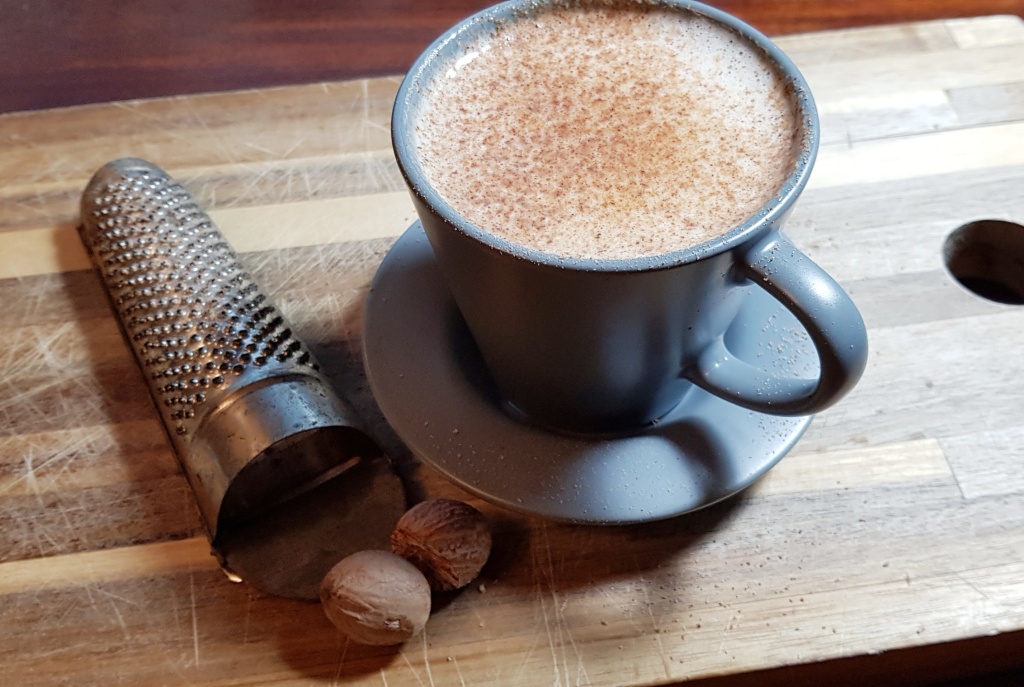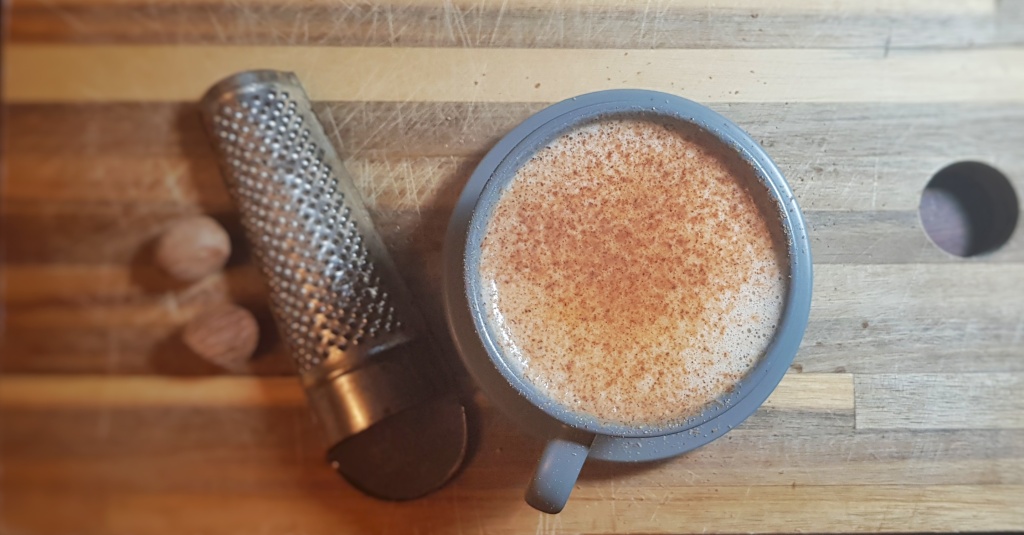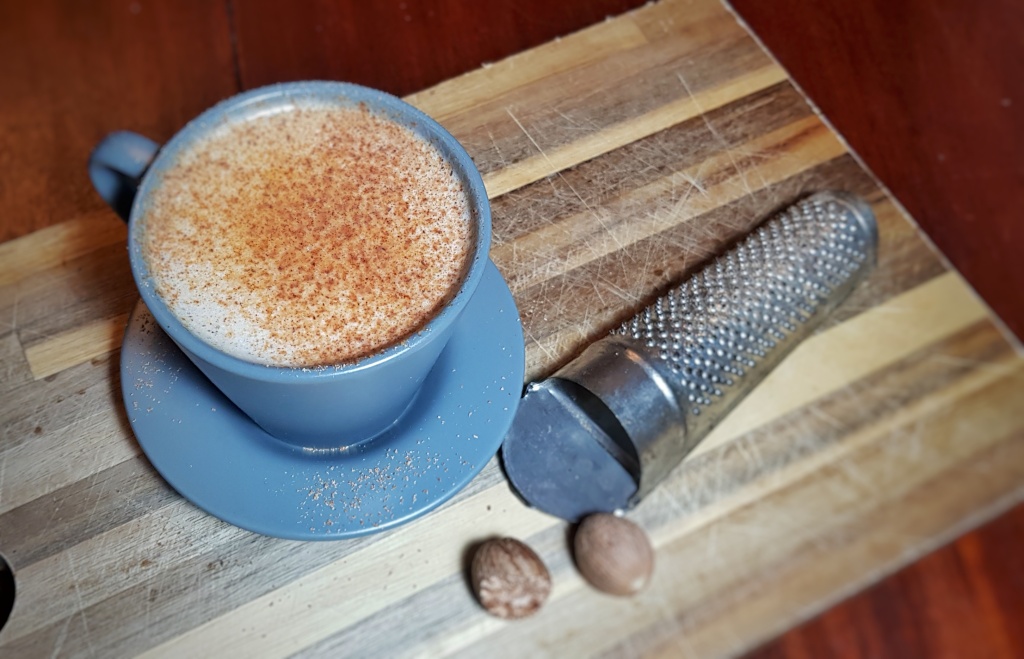Merry Christmas readers! It’s time for my annual Yuletide boozy drink recipe.
This year Christmas is a very different one, of course, scaled back so much many of us are spending it on our own of the first time, and there’s no chance of getting to a pub any time soon. But we’re a resolute lot, and I am sure we all plan to make the best of it.
If you need a bit of extra comfort this year (and I suspect you do), you could do a lot worse than making scáiltín, a delicious Irish milk punch. It’s very simple to make and you probably already have the ingredients at home.
I came across this delightful drink a few years ago inside The Complete Irish Pub Cookbook and served it up at my little restaurant in the wintertime where it was very popular. Scáiltín is a hot punch made with milk and Irish whiskey; we can agree on this. However, the flavourings vary quite a lot. I’ve scoured my books and the internet and, as so often is the case, found that there is a lot of disagreement. Some insist it should be sweetened with honey, others brown sugar; some say it’s not scáiltín unless it is flavoured with caraway, yet many claim that ginger and cinnamon must be used. Butter is added to enrich it, but only sometimes.
Of course, all of these variations are correct: by nature, regional foods vary within and between towns, and many of the differences probably came down to class. Spices were costly, so many had to miss them out altogether; though some of middling wealth would have reached for the caraway because it was one of the few spices that could be grown in Europe and was relatively cheap.
It seems to be a very old drink, probably mediaeval. However, there is very little information about this delicious drink out there, so if you know anything about this drink’s pedigree or have a recipe for it of your own, please leave a comment.
I have settled on the recipe below, essentially cherry-picking my favourite ingredients, but feel free to change them. I do insist you add the small knob of butter though. I think it makes all the difference. If you are not a fan of whiskey, you can substitute dark rum, but I must urge you to try it with the whiskey; I hate the bloody stuff usually, but somehow, combined with the ingredients below it is perfect. How many of us have received a bottle of it as a gift in the past only for it to collect dust on a shelf? Put it to good use, I say.
I hope you have a great Christmas despite everything that is going on, and if you are feeling a little too much like Scrooge this year, knock back a couple of these, I guarantee they will warm your cockles, and get you in the Christmas spirit.
See you on the other side! Neil xxx
Per person:
240 ml full-fat milk
1 to 2 shots (25 to 50 ml) Irish whiskey, dark rum or (heaven forbid!) Scotch whisky
1 tbs honey
Good pinch of mixed spice
1 tsp salted butter
A few rasps of freshly ground nutmeg
Place everything in a small saucepan except the nutmeg and heat gently whisking with a small whisk to get a good froth. Even better, if you have a proper coffee machine, heat it with the milk froth attachment for an extra silky scáiltín.
Pour the scáiltín into cups or mugs spooning the froth on top and quickly grate a little nutmeg over the top. Serve immediately.
Excellent with mince pies.
If you like the blogs and podcast I produce, please consider treating me to a virtual coffee or pint, or even a £3 monthly subscription: follow this link for more information.
References
The Complete Irish Pub Cookbook (2012) by Christine McFadden
Éigse: a journal of Irish studies; 1948, Volume 5
The Milk Punch Episode (2018) by Eric Kozlik, Modern Bar Cart https://www.modernbarcart.com/podcast/episode-076-the-milk-punch-episode




















